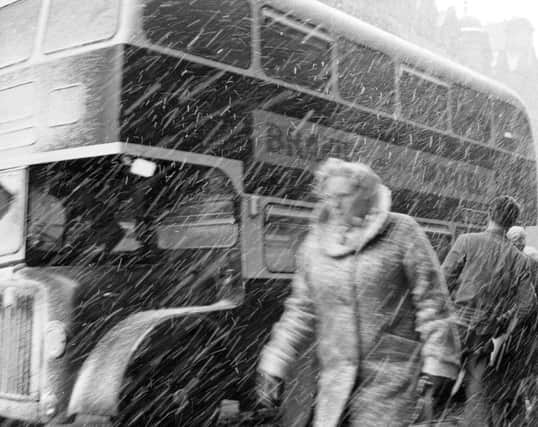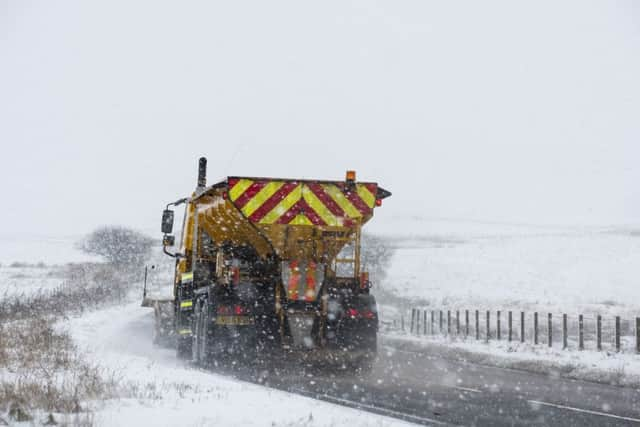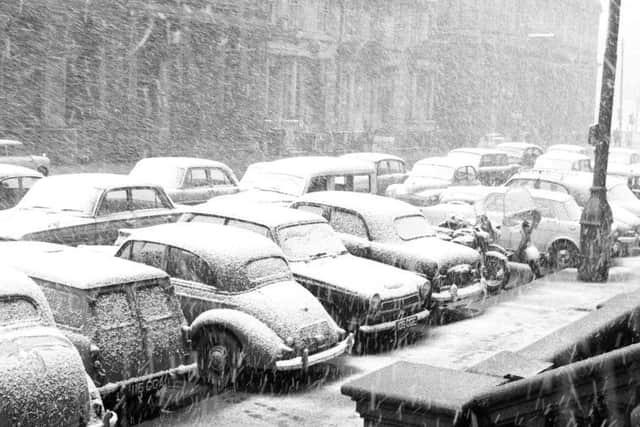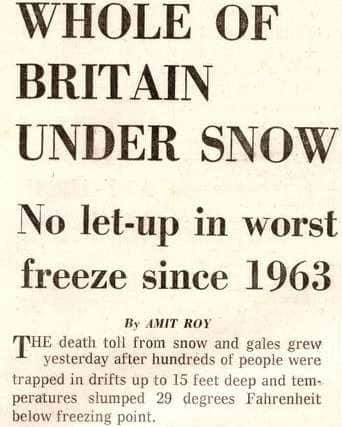Scotland’s coldest winters on record


Northern Scotland is braced to get its first flurries of snow by the end of this week. But how will this year’s winter stack up against days gone by?
2010-11
Just five years ago, Scotland saw the coldest winter months since British records began in 1914, with the average minimum temperature routinely dipping below -5°C.


Advertisement
Hide AdAdvertisement
Hide AdAberdeen was one of the first Scottish cities to fall victim to the chill and 10-20cm of snow fell in the city with even larger deposits of over 50cm accumulating in the Highlands and Cairngorms.
Early December saw the coldest temperature of the winter (-21.2°C) recorded at Altnaharra at 10am, while the Forth Road Bridge was also closed because of snow for the first time in its history.
Part of the M8 motorway was also shut which left some unfortunate motorists stranded in their cars.
1978-79


Shortly after Christmas Day, snow and easternly winds spread across Scotland, bringing with them maximums of below 0°C. This persisted well into the New Year, with the most sustained cold spell seen in Northern Scotland between 8 January and 22 February. Industrial unrest in the Central Belt of Scotland made it an especially bitter winter as supplies of fuel and goods were delayed and factories did not work at capacity or shut entirely.
1962-63
December 1962 gave parts of Scotland a white Christmas. Glasgow received its first snowfall on Christmas Day since in the post-war period. However, it was the early days of 1963 that were characterised by clear skies and plunging temperatures, with the coldest recorded temperature of -22.2°C logged in Braemar.
Compared to England, however, Scotland got off relatively lightly. January 1963 saw mean maximum temperatures of below zero throughout southern England, with lakes and rivers freezing across the land.


1947-48
As November, December and January had passed, many felt that Scotland had been spared much of the cold that had cut off villages throughout England and necessitated the use of the military to clear roads down south. Indeed, Feburary 1947 was a completely dry and sunny month in western Scotland.
Things soon changed in March, however, as both 10 and 11 March gave Scotland its heaviest snowfall of the winter, with snow drifts up to seven metres deep reported across the country. On 10 and 11 March Scotland had its heaviest snowfall of the winter, with snow drifts up to seven metres deep reported by the 12th.
This last snap gave a maliciously cold end to the winter, with average temperatures approximately 6 degrees below average across the nation.